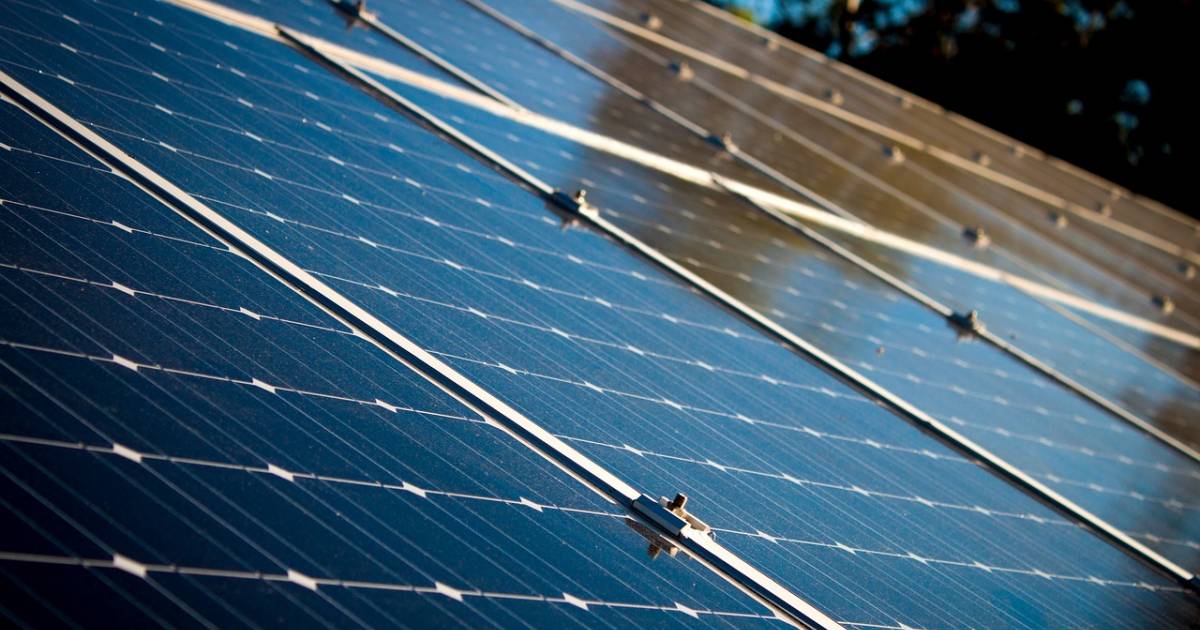A push by the USA’s solar industry for better policies is a reminder of why Australia is still very much the lucky country for small-scale commercial and home solar power.
Last week, the White House released the Solar Futures Study from the U.S. Department of Energy indicating solar power could generate up to 45% of U.S. electricity supply by 2050, compared to less than 4% currently. Rooftop PV would play an important role in such a scenario, with the report noting:
“Almost 200 GW of rooftop PV are deployed in the decarbonization scenarios by 2050 (10%–20% of total solar deployment). However, the technical potential for U.S. rooftop PV is greater than 1,000 GW, and efforts to promote rooftop PV could increase deployment beyond the modeled level.”
But to achieve such a level would require very favourable policies.
The most important mechanism supporting deployment in the USA today is the solar Investment Tax Credit (ITC), which came into effect in 2006. Originally set at 30 percent for residential and commercial solar energy systems (including large-scale), the ITC is currently 26% and will drop to 22% in 2023. In 2024, the ITC is to reduce again for commercial and utility scale systems to 10% and to zero for residential installations.
Hundreds of companies signed a letter sent to Congress last week urging action on policies supporting solar energy deployment. The first item on the wish-list was:
“Lengthen and strengthen the most impactful national policy to spur solar deployment, the Solar Investment Tax Credit (ITC), at the 30% rate.”
Australia Vs. USA Solar Prices
When you look at the huge differences in prices between the USA and Australia for home solar power systems, it’s easy to understand why there is a big push for the ITC to be maintained and boosted.
The following indicates the average cost of solar power systems in the USA currently after the ITC in US dollars (Source: EnergySage), and then converted to AUD (as at the time of publishing). These averages are all system types, from crappy installations through to the good stuff:
- 6kW: $12,474 (AUD $16,950)
- 8kW: $16,256 (AUD $22,090)
- 10kW: $20,381 (AUD $27,694)
Compare those numbers to the cost of solar in Australia in AUD – and the general ranges below indicate good quality through to top-of-the-line systems:
In addition to much lower pricing, Australia’s generally more expensive mains grid electricity provides additional incentive and accelerates payback.
As in the USA, prices vary from state to state in Australia. To get a better idea of average costs here, check out SolarQuotes’ Australian Solar Price Index, which is updated in real-time. In addition to average pricing for various system sizes nationally and in each state, you can also drill down to specific brand components.
Australia’s much cheaper solar power is largely due to the design and impacts of the “solar rebate“. While the rebate is currently being gradually phased out, we’re still way ahead of our US friends when it comes to the cost of installing a system and will likely continue to be for the foreseeable future.
Just prior to the rebate’s introduction, Australians were paying around $10,000 for a 1kW solar system and there were only 1,115 systems in operation. Today, there are millions installed and you can get a good quality 10kW system for the same money.
So, which Prime Minister kicked off Australia’s home solar boom? It may surprise you. Discover who it was and a bit more history about the scheme and its impacts in the latest episode of SolarQuotes TV.


 RSS - Posts
RSS - Posts



So solar systems in Australia are cheaper than America because Canberra subsidises green energy to a degree that Washington does not?
George, the value of the federal govt subsidy for small scale solar PV in the US is similar to here in Australia and does not explain the difference in pricing. It’s the only technology I can think of which is cheaper here than in the US.
But higher pricing is only one hurdle for US home and property owners wishing to install solar PV.
The regulatory regime for installation of solar PV arrays and connecting to the grid is enormously variable across the US and often local country level differences are significant, as are the requirements or what’s permitted by power distribution/grid operators.
Also the tariff regimes are much more variable across the US compared with here in Australia.
This is such wonderful news. I was born and raised in California and was into solar power since the early seventies. I used to install solar panels on rooftops for swimming pools. By 1986 I moved here as a left-wing political refugee and now design houses for a living from our solar-powered house in the Adelaide Hills. Now I live in the most advanced solar-powered society on earth, although this economic revolution is barely reported in the popular press. But it’s true, we live in the future compared to the rest of the world and thanks to you we are getting there faster and smarter.